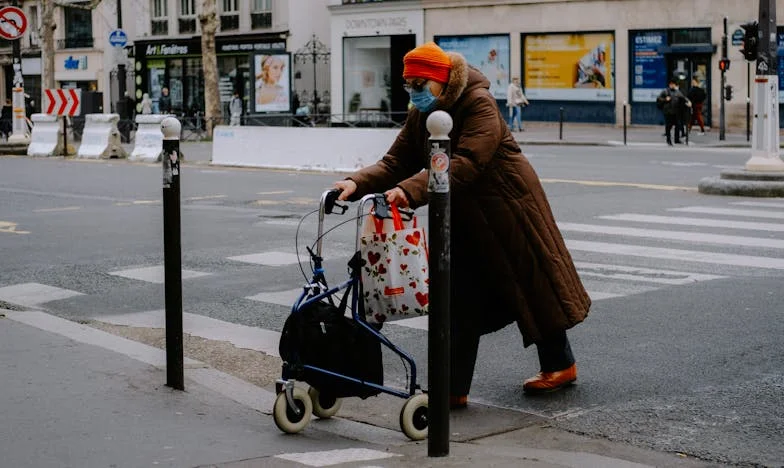Navigating Barriers: An Elderly Perspective on Accessibility Challenges
Last week, I encountered a situation that left me feeling both frustrated and disheartened. It was a regular day, and I needed to visit the bank to handle some routine financial matters. As I approached the entrance, I found the automatic doors were out of service. Normally, this wouldn’t be a huge issue for many, but for someone with limited mobility like myself, it was a significant obstacle.
I waited, hoping for assistance as numerous individuals entered and exited without a glance my way. After what felt like an eternity, a kind young woman noticed my struggle and helped me through the manual doors. Inside, the challenges continued. The queue was long, and there were no seats available for those who couldn’t stand for extended periods. I felt invisible, a stark reminder of how the bustling world around us often forgets the elderly.
This experience at the bank is just one of many that underscore the daily realities many elderly individuals face—realities that go unnoticed by most. Public spaces and services often lack the necessary accommodations, from seating and accessible entrances to patient assistance. It’s not just about adding facilities but about fostering a culture of care and attention.
As I reflect on this incident, I am reminded of the importance of advocacy for better elderly support in public areas. It’s crucial for community planners and businesses to consider the needs of older adults who also contribute to society’s fabric. Moreover, this experience has motivated me to reach out to local community centers and discuss how we can make our town more accessible and elderly-friendly.
